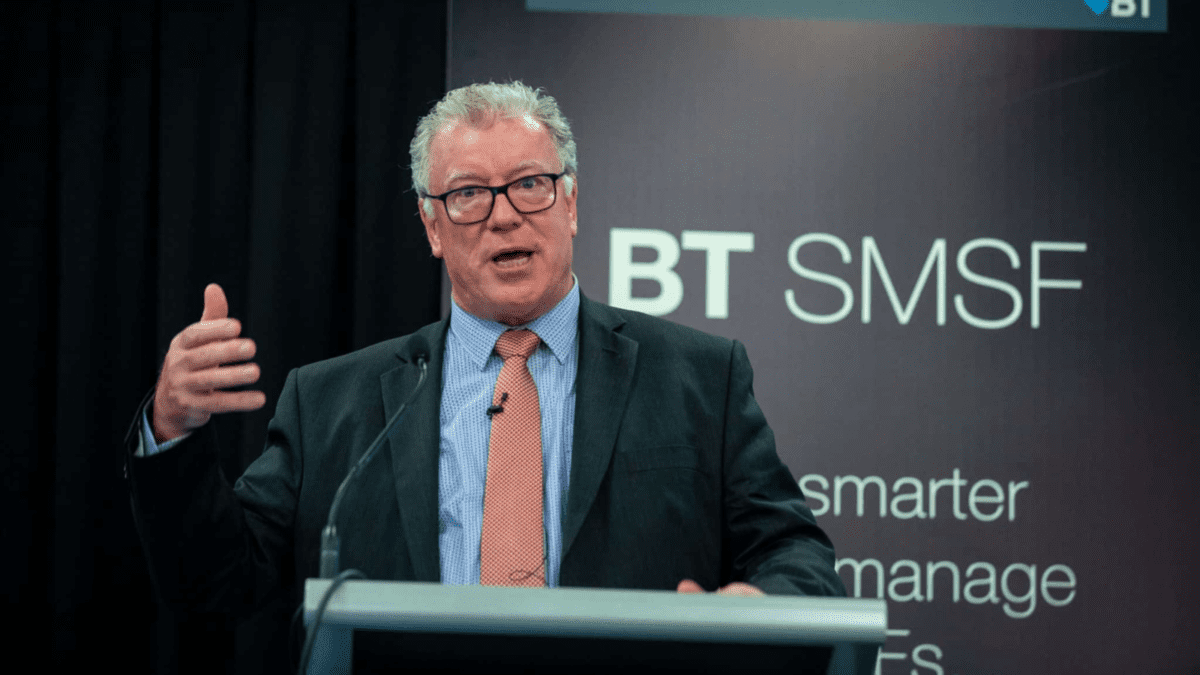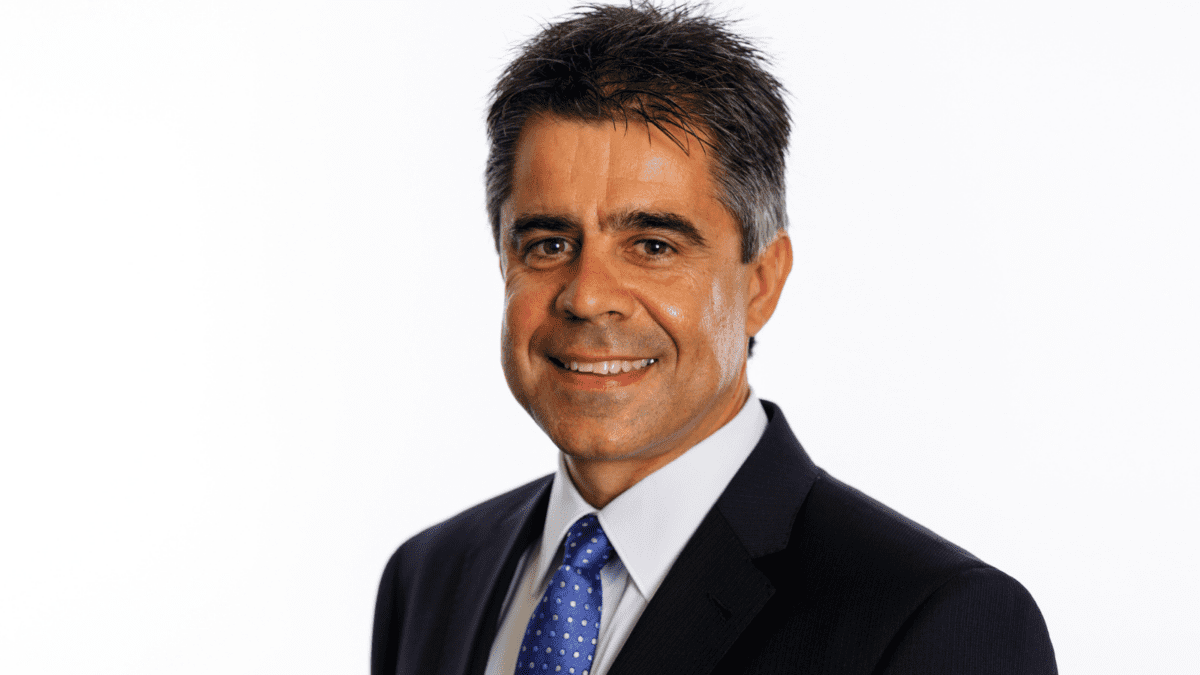SMSF numbers and assets hit record high
Self-managed superannuation fund (SMSF) assets reached a record high of $892.0 billion in the March quarter of 2022, and the number of funds rose to a record high level as more people use their SMSF to buy property and save for their retirement.
The Australian Prudential Regulation Authority (APRA)’s Quarterly Superannuation Performance publication and Quarterly MySuper Statistics report reveals SMSF assets jumped 12 per cent to $892.0 billion at the end of the March 2022 quarter, up from $796.1 billion a year earlier. That exceeded the growth in MySuper products which rose to $927.9 billion, up 10.4 per cent from $840.5 billion.
Superannuation assets now total over $3.4 trillion, increasing 9.7 per cent over the year (before markets fell in May and June), reflecting strong investment performance and positive contributions growth due to COVID-19 fiscal stimulus. SMSF assets jumped the most, up 12 per cent from a year earlier, as the table below shows.

Source: APRA Quarterly Superannuation Performance and Quarterly MySuper Statistics Report, March 2022 quarter
Young people drive start up in funds
Statistics from the Australian Taxation Office (ATO) for 2020-21 reveal the largest increase in the number of SMSF being established since 2017-18, with 25,796 new funds giving a record number of SMSFs at 1.1 million. On average, this equated to 2,100 new funds being established every month in this period, according to John Maroney, SMSF Association CEO (pictured).
According to Maroney, much of the growth has come from the 35 to 44 years age group, with this age group comprising around one-third of all new establishments. That rises to nearly 45 per cent once you include those aged between 25 and 34, he says.
“This trend for younger people to set up an SMSF, evident for more than a decade, is in stark contrast to the earlier practice where people waited until they were in their 50s and retirement was on the horizon before switching from an APRA-regulated fund to an SMSF,” Maroney says.
“It also suggests that, as in the GFC, in times of uncertainty and market volatility, individuals want to take more control over their finances and bring things closer to home. With superannuation, SMSFs provide the ultimate in terms of flexibility and control – as well as far greater responsibility,” he says.
Felicity Thomas, senior private wealth adviser with Shaw & Partner, says that very often, young people set up a SMSF to get into the property market, although it is a very long-term solution.
“The issue is with lower balances for young people is that the asset allocation would be too high in direct property, which isn’t something that the ATO is too fond of because with that comes a lot of under diversification risk.
“With a lot of WRAP platforms young people can take control of their retirement savings and superannuation without setting up an SMSF and having those additional trustee obligations,” she says.
Scott Keeley, a senior financial adviser with Wakefield Partners, agrees and says the ability to access direct equities and tailor portfolios within many retail wrap platforms has made many of the reasons for setting up SMSFs obsolete. “The majority of funds we are setting up are for people who want to hold commercial or residential property, which of course off the shelf products cannot provide,” he says.
“With accounting costs soaring, I remain in favour of the ASIC ‘$500,000’ guidance. We have set up funds with smaller balances, sometimes as low as $200,000, but typically only recommend these when regular or large lump sum contributions are likely to be made. It is not unusual to see combined accounting/audit costs at $3,000 or higher per year, making smaller funds cost-prohibitive,” he says.
However, Maroney disagrees and cites research from the University of Adelaide International Centre for Financial Services published earlier this year which shows that based on 318,000 SMSFs, the investment performance of a typical DIY fund improves as the fund balance approaches $200,000, and that once this threshold is reached, the fund achieves comparable investment returns with APRA-regulated funds.









